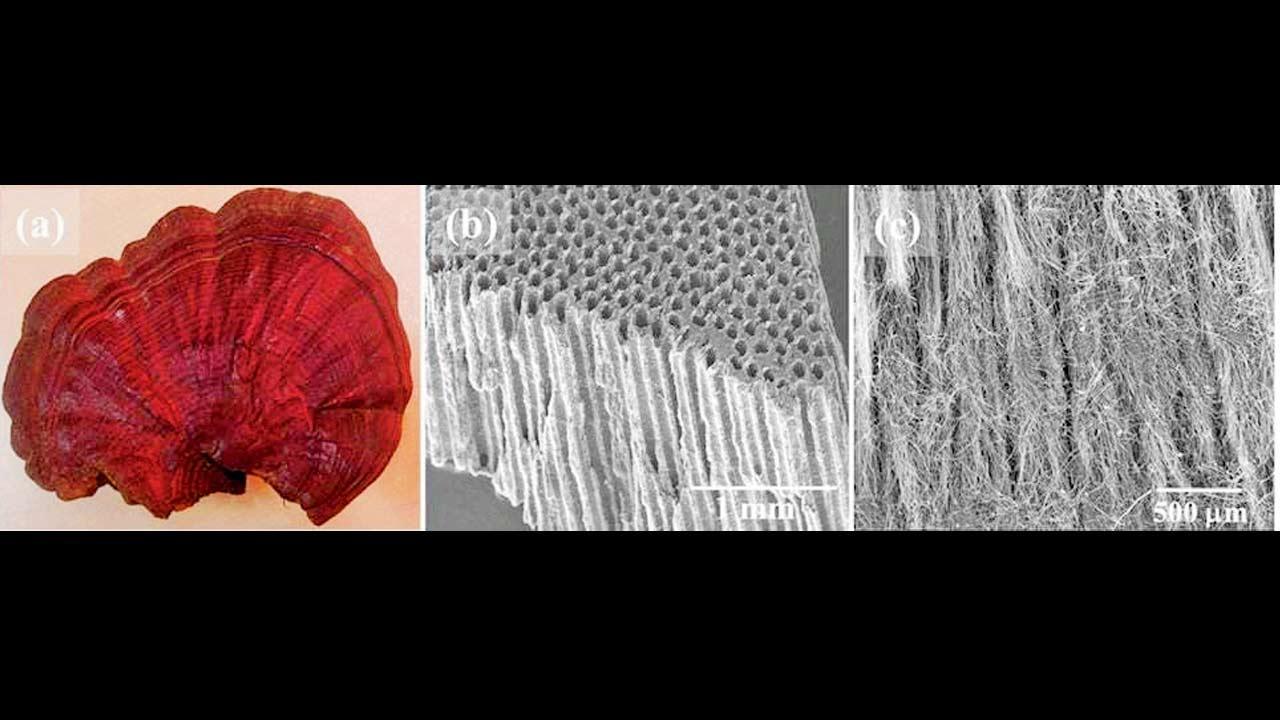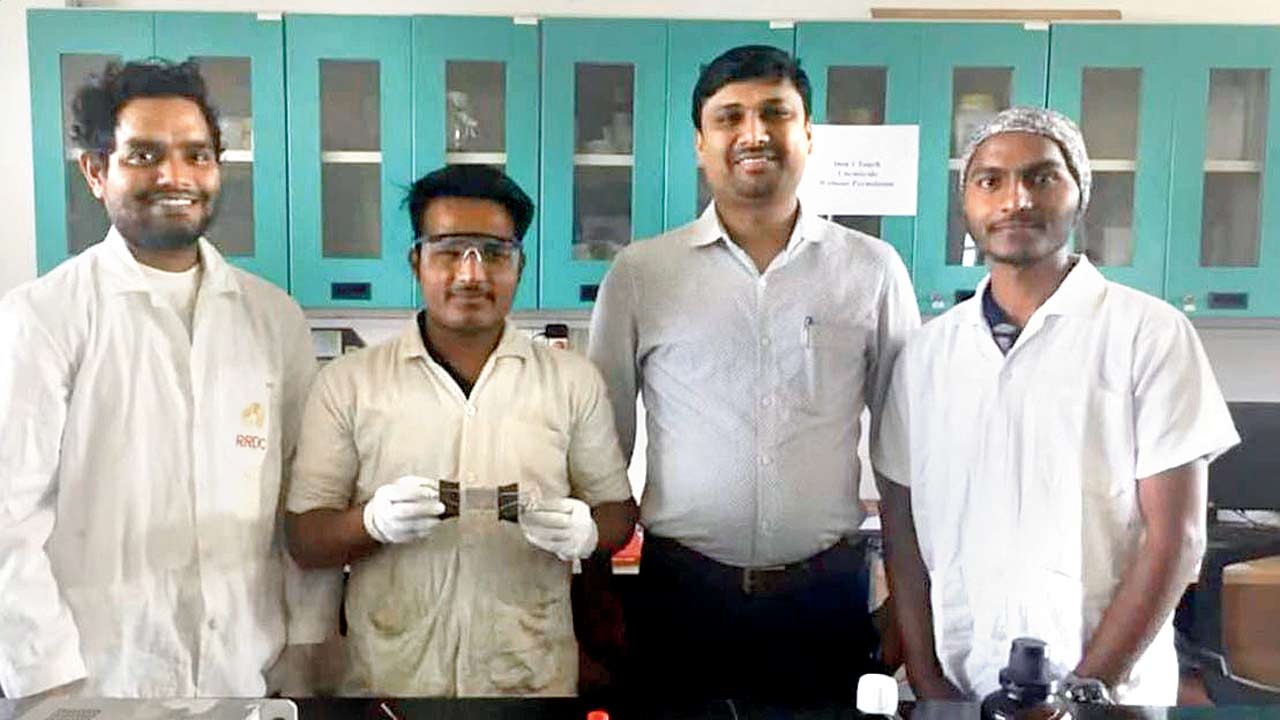Carbon tubes made from wild fungi found on Kalina campus of Mumbai University are an environment friendly and inexpensive alternative say researchers

The mushroom used in the project
Carbon tubes made from wild mushrooms found on the Mumbai University’s Kalina campus have gained international attention. A faculty member and a student at the National Centre for Nanoscience and Nanotechnology, University of Mumbai (NCNNUM), in collaboration with researchers from other institutes, have developed this new type of carbon tube for batteries that they claim is high-performance, inexpensive, and environmentally friendly, and simple to manufacture.
The team of researchers includes Dr Pravin Walke, assistant professor at the NCNNUM, Shobhnath Gupta, a PhD student from NCNNUM, along with Dr Dattatray Late of the Centre for Nanoscience and Nanotechnology, Amity University, Mumbai; Prof. Quinn Qiao from Syracuse University, New York; A R Shakeelur Raheman from the Department of Applied Sciences, Shri Vile Parle Kelavani Mandal's Institute of Technology, Dhule and Ashim Gurung from the Department of Electrical Engineering and Computer Science, Center for Advanced Photovoltaics, South Dakota State University, Brookings.
Such fun gi!
While the team has filed for a patent in November 2021, their findings are detailed in a dissertation published in Carbon, an international journal recently. The team is now in the final stage of developing a prototype battery with direct utilisation of the eco-friendly carbon tubes. Explaining the idea, Dr Walke said, “We are exploring nanotechnology available in nature using a natural source of carbon, making it an environmentally friendly alternative to artificial energy storage devices.” According to Walke, the tubes also reduce carbon emissions and hence will prove to be very beneficial to the environment.

(First from left) Shobhnath Gupta and (third from left) Dr Pravin Walke with the team that developed the carbon tube
The demand for sustainable and environmental friendly energy storage devices and equipment has grown significantly, and research in this field is underway across the world. However, finding a new device and a naturally available one that works with the power of a supercapacitor and capacity as a battery, or an alternative to it is truly a daunting task. This particular investigation highlights a novel avenue for emerging next generation of sustainable high-performance energy storage devices, the team claims.
In 2017-2018 researchers found the wild mushrooms on the Kalina campus. They tested them. “We had read literature about the new type of lithium-ion battery anode created using portobello mushrooms. I had even read about an Australian researcher’s patent on the same. So we decided to collect these mushrooms, test them and extract carbon from them. We removed fibres from the mushrooms we collected systematically and observed some good salient features - they were found to be good in conducting carbon, it was a natural tube-like structure, and it was a multi-wall porous structure. The artificial carbon tubes are nano-sized, whereas this one was micro-sized,” Walke said.
“The mushroom started disclosing many hidden secrets and the potential to store energy. This mushroom, Genoderma Lucidum, comprises two sections: one is a honeycomb type network and the second is a microtube. So we compared both sections and investigated structural and chemical properties in detail. The work took almost two years but finally, it was published in the Carbon journal,” said Shobhnath Gupta, the research student who first found the mushroom.
A natural
The mushroom was transformed into carbon tubes. Several studies and investigations by the team pointed out that after it is manufactured, this tube can work more efficiently. He added, “Unlike artificial tubes which need to be decorated with nitrogen, phosphorus and sulphur, these tubes have these naturally, making it a more favourable energy storage supercapacitor device.” The team has sought help and assistance from other institutes. Walke said, “We wanted to measure the carbon storage, which was measured in a lab at the Indian Institute of Science (IISc) in Bangalore. After this, we found that the carbon available is much much higher, it showed a promising value of lithium storage and was perfect for the real application in batteries. We have already filed for an Indian patent, once we receive that we will apply for an international patent.” The team is now set to create a prototype soon.
 Subscribe today by clicking the link and stay updated with the latest news!" Click here!
Subscribe today by clicking the link and stay updated with the latest news!" Click here!










